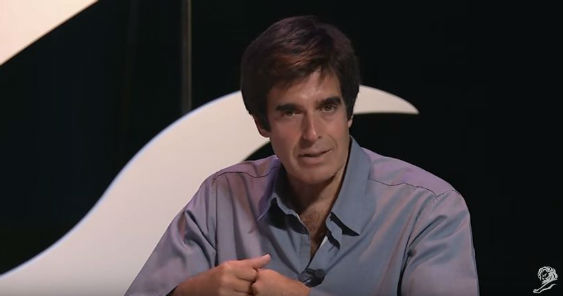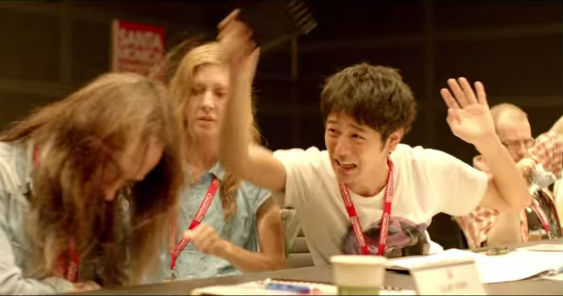GLOBAL – NEW YORK, JANUARY 24, 2012: New York Festivals International Advertising Awards appointed Marcus Rebeschini, regional chief creative officer/Asia, of Y&R Asia Pacific in its list of 2012 executive jury.
The additional members of the executive jury include:
• Remi Babinet, global chief creative officer, BETC Euro RSCG Worldwide
• Judy John, chief creative officer, Leo Burnett Toronto, Canada
• Nick Law, EVP, chief creative 0fficer, R/GA, USA
• David Lubars, global chief creative officer, BBDO
• Amir Kassaei, worldwide chief creative officer, DDB Worldwide
• Alex Schill, global chief creative officer & Partner, Serviceplan Group
• Mark Tutssel, global chief creative officer, Leo Burnett Worldwide
Founder of The Gunn report Donald Gunn will reprise his role as moderator along with Michael Conrad, president of the Berlin School of Creative Leadership.
Judging will be on April 28-May 1, 2012 at New York. The final deadline for the festival is January 27. For more information, visist www.newyorkfestivals.com




